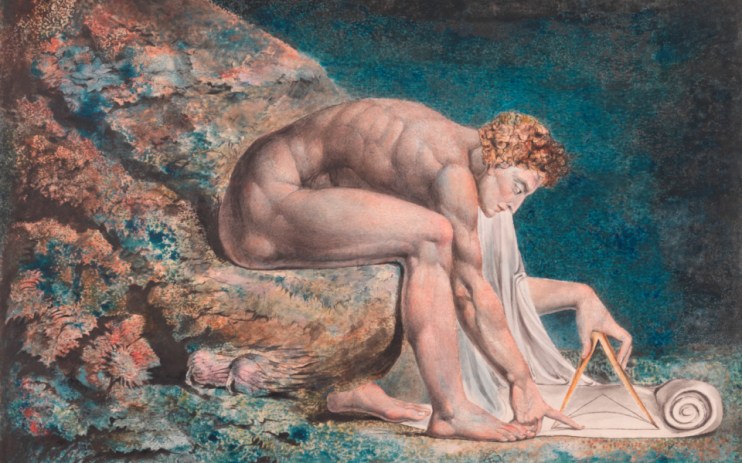William Blake at Tate Britain review: A trip into the mind of a true revolutionary artist

William Blake isn’t just an artist, he’s a figure almost as mythical as those he committed to paper, a part of the pop culture lexicon whose influence extends far beyond the works he left behind.
He was famously plagued by phantasms: strange, demonic creatures that inspired his most iconic works. They appeared to him throughout his life, from childhood right through to his final days, when his eccentric patrons would listen voyeuristically as he described them.
The romantic painter and poet has been variously branded a visionary, a mystic and a madman, with his erratic behaviour and troublesome personality leading to him being dismissed in his own lifetime, despite his reputation as a first-class engraver. He died uncelebrated and impoverished, singing hymns as he drifted away.
But this isn’t the story told by the Tate Britain in the biggest exhibition of the artist’s works in 20 years. It goes back to his origins as a student, frustrated by the narrow constraints of the Royal Academy. It charts his rise as an engraver, his innovations in that field, and his methodology in creating the famous works that still dazzle to this day. This isn’t a show about the legend; it’s the story of the man.
The exhibition is held in reverential gloom, the lighting kept deliberately low to preserve the already fading colour of the works. The first piece to explode from the shade is Albion Rose, Blake’s technicolour take on da Vinci’s Vitruvian Man. The character plays a central role in the Blake’s imagined mythology, within which are encoded his moral, political and spiritual ideas.
But after this rainbow-hued introduction, things take a turn for the greyer, with rooms dedicated to Blake’s works as a student, including sketches made from the Royal Academy’s sculptures that the artist claimed to loathe. Then there are several rooms of his etchings, the distinctive, highly detailed works from which he made a living.
Curatorial flourishes include a recreation of the sad Soho gallery in which Blake housed the solo show he hoped would launch his career; the single review dismissed him as a lunatic. It’s a strange little box, the muddied paintings all but invisible in the darkness until projections are beamed over them, showing what they would have looked like before time took its toll. Elsewhere projections show the vast scale Blake had hoped to render his works. He was nothing if not ambitions.
The reality, however, was very different. One of the things that really strikes you is how tiny most of these pieces are. His famous Illuminated books, wonderfully illustrated mythologies and poems, are filled with row upon row of words so small you have to squint to read them.
It’s only in the exhibition’s later rooms that you find the works we most readily associate with Blake – the muscular demons that inspired a Thomas Harris villain, the swirling, psychedelic renderings of Dante’s Divine Comedy that predicted the acid trip two centuries before the drug was discovered.
Tate Britain wisely avoids psychoanalysing Blake, lthough it’s hard not to do so yourself. This is the work of a special, troubled mind – an absolute must-see.
